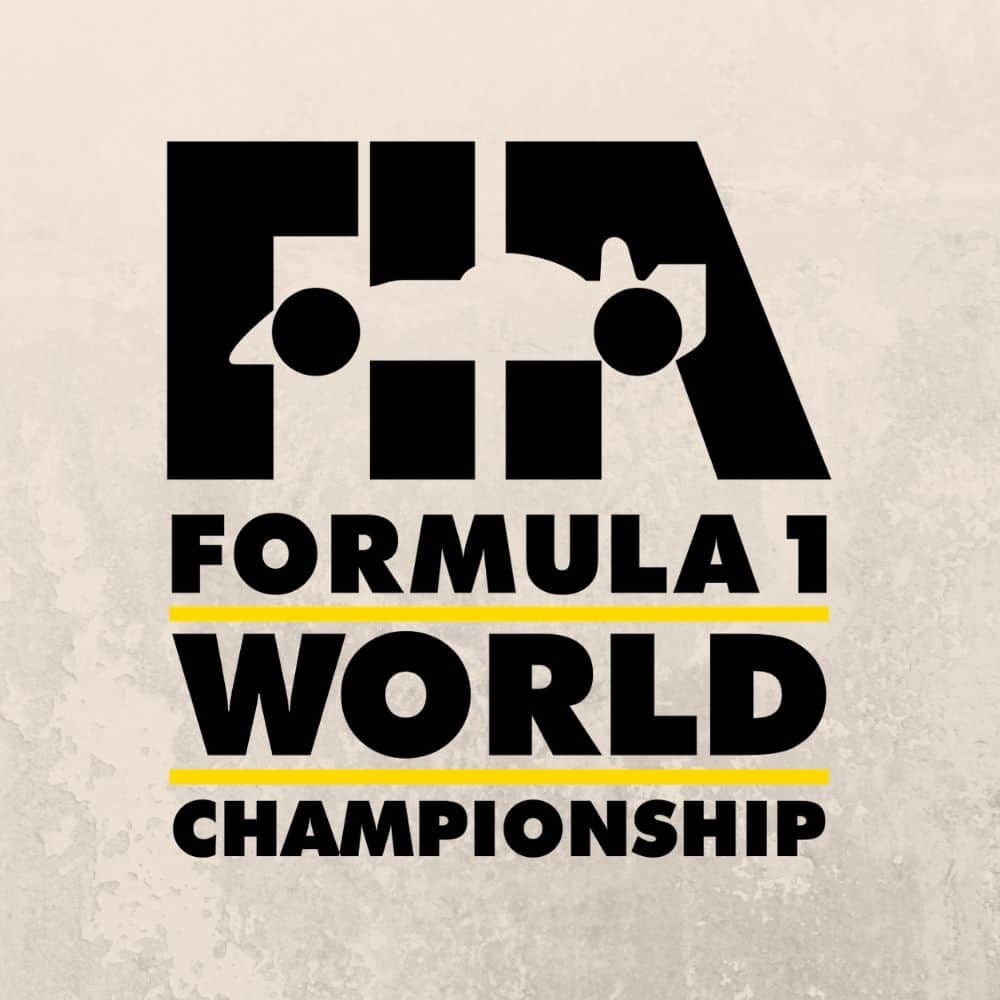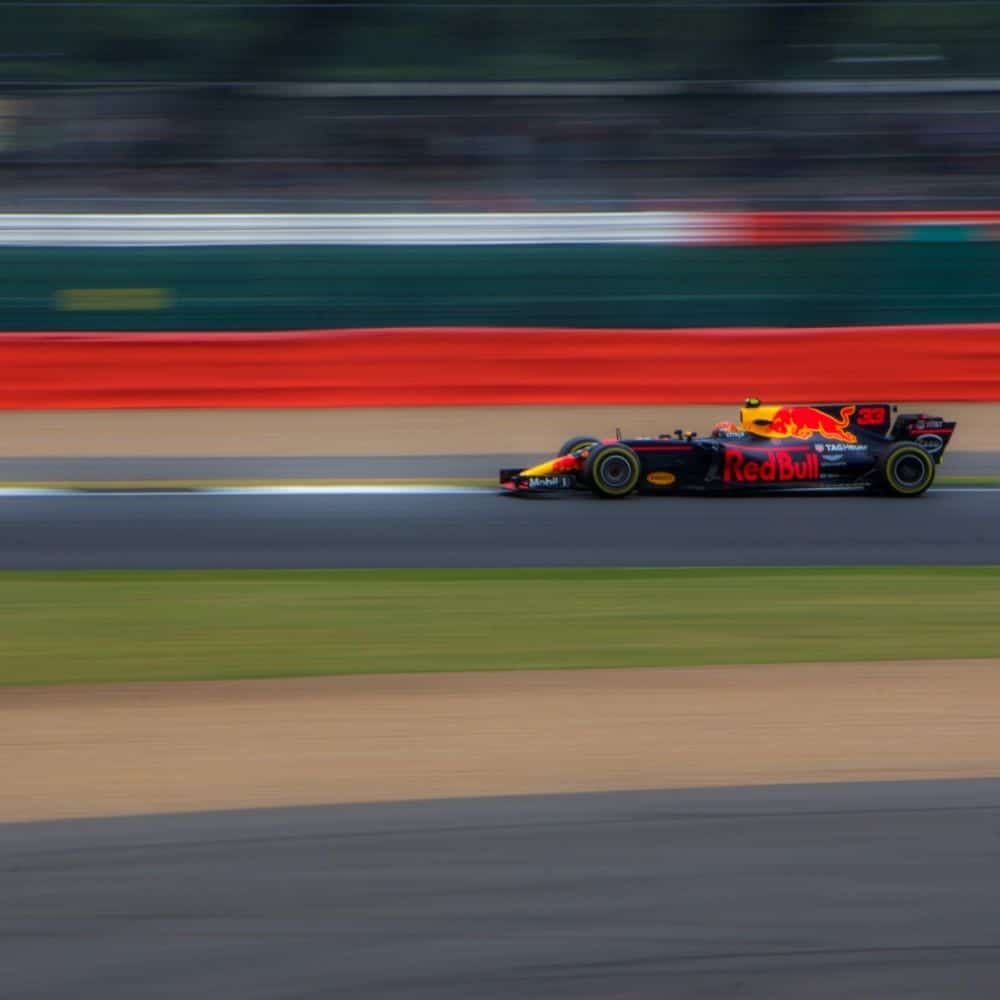The technology in F1 is continually advancing. In a sport where races are won in less than a tenth of a second, everything from the driver’s breakfast to his underpants can mean the difference between winning and losing. F1 teams and their drivers take their helmet choices very seriously, and for the manufacturers, the regulations are strict. So, you want to know how much does an F1 helmet cost? Here is the answer.
Four brands produce race helmets for F1, and they are priced as follows:-
- Stilo ST5 GT ZERO 8860-10 £3,900 (approx. $4,995)
- Bell HP77 54(6 3/4) FIA 8860-2018-ABP £4,200 (approx. €4,500)
- Schuberth SF2 Pro 8860 £3,700 (approx. $4,795)
- Arai GP-7 SRC (ABP) £3,699.99 (approx. $4,750)
Why is a Formula One helmet so expensive?
Let’s take Arai, the Japanese helmet manufacturer, as our example. Each of their helmets is painstakingly made by hand in their factory in Tokyo. Every lid is sculpted out of individual layers of fiberglass, carbon, and Kevlar. It takes 8 hours for one man to mold just the carbon layers into shape. It is a lengthy process, but these helmets are crafted by master tradesmen with an ultra-keen eye and not just churned out on a conveyor belt like other helmet manufacturers.
However, today’s standards mean the human eye is no longer adequate for quality inspections, and each helmet must pass stringent scientific standards if it is to one day serve on a racetrack.

The FIA (The Fédération Internationale de l’Automobile) is the governing body of F1 and global motorsport, and they set the standards for F1 helmet safety. In 2018 they raised the benchmark of an already strict set of criteria, and now manufacturers have an obligation to improve the safety of their already splendid helmets. To pass the new FIA 8860-2018 standard, helmets must withstand the following: –
- Standard impact: Helmet impact at 9.5m/s. Peak deceleration on ‘driver’s head’ shall not exceed 275G.
- Low velocity impact: Helmet impact at 6m/s. Peak deceleration shall not exceed 200G with a maximum average of 180g.
- Low lateral impact: Helmet impact at 8.5m/s. Peak deceleration shall not exceed 275G.
- Advanced Ballistic Protection: A 225g metal projectile fired at 250km/h. The peak deceleration shall not exceed 275G.
- Crush: A 10kg weight falling 5.1 metres onto helmet. Lateral and longitudinal tests. The transmitted force should not exceed 10 kN.
- Shell penetration: A 4kg impactor dropped onto helmet at 7.7 m/s.
- Visor penetration: Air rifle fires 1.2g pellet at visor. Pellet must not penetrate the interior of the helmet.
- Visor coating: Transmitter test to ensure colouration and vision is not significantly changed or distorted.
- Retention system: Roll-off test and dynamic test to ensure strength of chin strap and its attachments.
- Chin guard linear impact: Impact test with full headform at 5.5m/s. The peak deceleration shall not exceed 275G.
- Chin guard crush: Hammer hits chin guard and measures ability to keep impact away from the head.
- FHR mechanical strength: Test to ensure high strength of attachment points for Frontal Head Restraints.
- Projection and surface friction: Test to ensure helmet surface uniformity and that friction is minimized. Shell surface also subjected to BARCOL hardness test for resistance to penetration.
- Flammability: Helmet exposed to 790 C° flame; it must self-extinguish once flame is removed.
The above data was taken directly from the FIA website.
By the time each helmet reaches its driver, it has passed the most sophisticated testing found anywhere in the world, and the drivers know that they have the safest, most robust helmet in motorsport. These processes, research, production, and testing all increase the final price considerably, but it’s a necessary cost as racing teams must protect their drivers.
Each driver will be wearing an FIA 8860-2018 compliant helmet this season. Check out this video of the release of the prototype from Bell helmets. In the meantime, all the other brands must produce their own compliant helmet.
To get a true idea of why race helmets are so staggeringly expensive, let’s take a look at some of the features on these types of helmets. Let us continue to use Arai as an example.
Arai GP-7 SRC (ABP)
Arai claims to produce their helmets out of superior carbon fiber. Where standard CF is brittle, Arai’s proprietary CF weave is flexible, lightweight, and astonishingly strong.
Their helmets are subjected to ballistic tests based on military specifications and will stop a 225g projectile traveling at 250kph.
One quirky little detail that I have learned about Arai is that drivers are expected to fit the air vents themselves. The only thing that is unique about these helmets is the driver’s choice of color scheme and the way he attaches his air vents. Arai has sworn never to make a custom helmet for anybody, no matter who you are.
Each one is identical, and they all come with ventilation holes already drilled, but the driver gets to choose the shape of his air vents, which will likely be dictated by his driving position.
I giggle a little every time I think about an F1 driver having to fit his vents to his helmet.
When the helmet is delivered, it also comes with removable cheek pads, Kevlar chin straps, and a tear-off visor kit.
The most expensive F1 helmet in the world
Buying a brand-new FIA certified helmet is incredibly expensive, but some of them only increase in price once worn. The most iconic racing helmets sell for tens of thousands of dollars, and the selling prices of these collector’s items fluctuate wildly, depending on the driver and the specific event in which it was involved. For example, a collector paid a world record beating $118,000 for Sebastian Vettel’s 2013 title-winning golden helmet. Ayrton Senna’s famous lid held the previous record at $116,189. Read more at CNN Sports.
How much do F1 teams spend on helmets per season?
In 2011 Arai made race helmets for Lewis Hamilton, shipping fifteen of them for one season, which cost McLaren more than £50,000. Meaning the Arai F1 helmet price was approximately £3333.00.
Drivers use a helmet for anything between two and five races before swapping it for a new one, said Hans Zeeberg of the former F1 magazine. He visited the Arai factory in Japan and saw first-hand what it takes to have these helmets manufactured, fitted with the correct internals, and painted to the driver’s individual tastes. In the case of Lewis Hamilton, he sends his lid off to Jason Fowler, who has been designing his helmets since his karting days. Obviously, this will only push the price up.
How much each team pays per season for their driver’s helmets is anyone’s guess, but the evidence suggests it is pretty expensive.
Then there is the radio.
The radio system is supplied by a company called Riedel. Although it is retrofitted afterward, the radio still contributes to the considerable total cost of the equipment a Formula one driver places on his head. Then there is the fire hood and HANS (Head and Neck Support) device!
A brief history of the F1 helmet
Back in the late 1890s, when people started to race cars for the first time, they were rudimentary machines and not exactly the racing rockets we know and love today. No one thought to wear a helmet as it wasn’t really necessary. However, looking back at some of the old black and white racing footage, it’s incredible to see people zipping about, rolling cars, and crashing into trees in nothing more than a flat cap and goggles.
It wasn’t just helmets that those early racers neglected, seat belts and guard rails were none existent, but it was all seen as par for the course. They were part of a thrilling new sport.
Everoak made the first helmets designed explicitly for motorsport in the UK, and in F1, helmets were not enforced until 1952. They were made from layers of leather, and the lining was cork. It was an improvement on their predecessors but not by much. However, this period is famous for the evolution of custom painted helmets. Usually hand painted, it was partly artistic expression, and it helped spectators to identify them easier.
The now-famous Bell company started back in 1954, and they created the legendary Bell 500TX, which was the first helmet to pass the newly created Snell standard. These helmets were made from fiberglass and were designed to compress and absorb the impact – a little.
All helmets were open-faced until 1968 when another Bell innovation called the Star was released, It would be the first full-face helmet with a visor.
As the race cars evolved and became faster, the effects of G Force would become worse. Heavy helmets would put immense pressure on the drivers’ neck and spine, so engineers had to develop new lighter materials that remained incredibly strong.
The 90s saw better, more comfortable models that were fabricated out of fiberglass and Kevlar. In 2001 the FIA imposed a rule that all helmets had to weigh around 1,25kg, so helmet manufacturers switched to carbon fiber, which is lighter still.
Today, most helmets are custom fitted by scanning the heads of drivers. They have openings for drinks bottles, air vents, microphones and earphones. They have certainly come a long way.
Bell helmets are still a popular choice among F1 drivers today, but Bell is also synonymous with motorcycle racing and other helmet sports worldwide. Through the years, they have developed an in house testing facility, which has helped other manufacturers develop and improve their products. Until 2016 Bell was owned by BRG sports, who also owned the giant football helmet manufacturer called Riddell. They, too, have a rich history and have a fantastic reputation in the NFL. If you would like to learn more about the safest helmet brands in the NFL, then click on the link to read my helpful article.
If this is your first visit to my blog, welcome and I hope you have enjoyed it. I discuss all aspects of owning or buying new helmets. From crash helmets to the humble hard hat, this blog has the answers. I talk about the best brands, safety ratings, value, and maintenance. Please, choose another article if you would like to know more.
My name is Matt, and I am a helmet sports enthusiast. I love climbing, motorcycling, kayaking, amongst other things. But no matter what sport you love, please stay safe.


